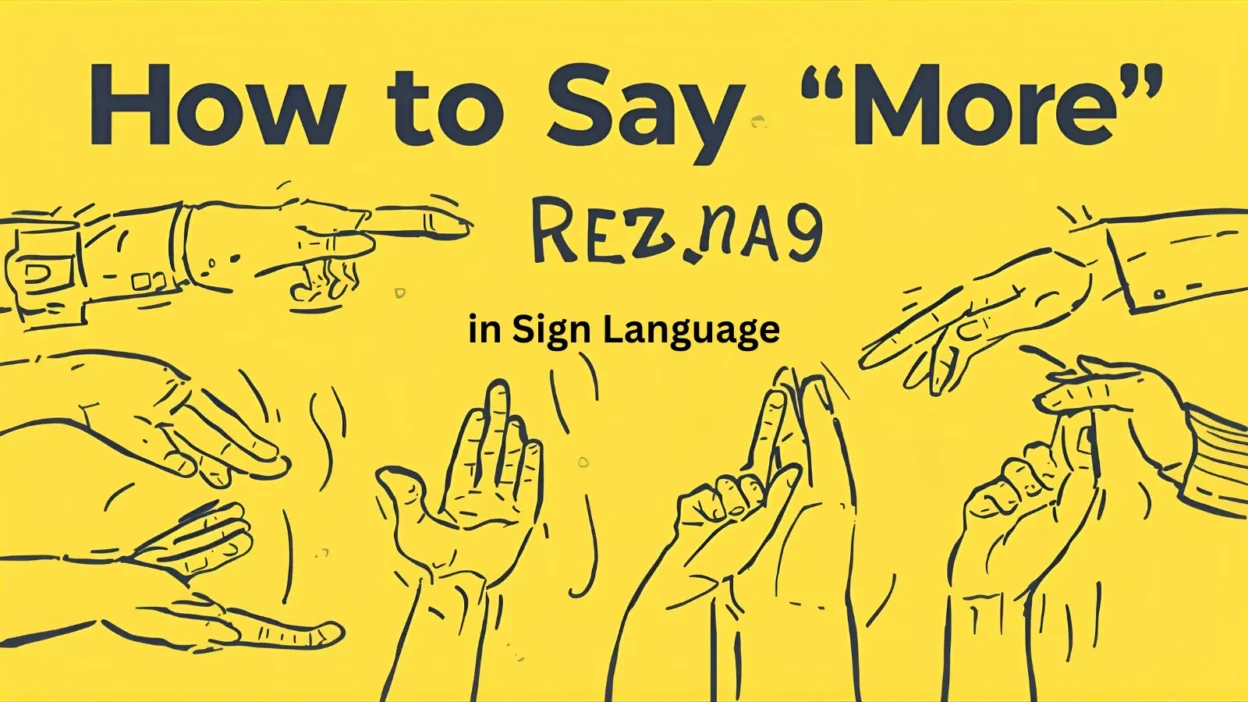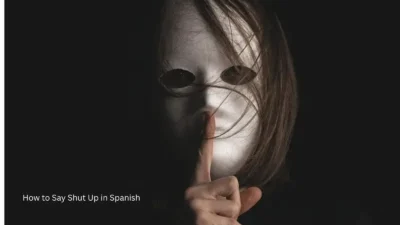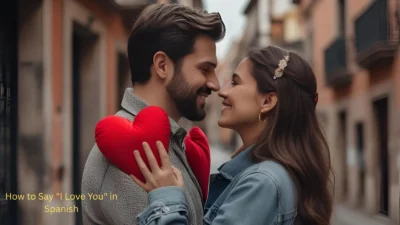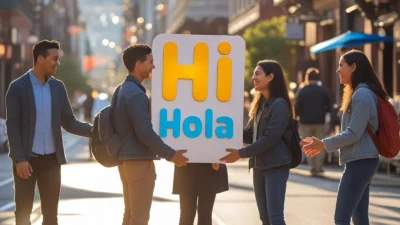How to Say More in Sign Language is an essential skill for beginners and those communicating with children or non-verbal individuals.
Knowing this simple yet powerful sign helps you express needs, desires, or actions clearly, making interactions smoother and more engaging.
In this guide, you’ll learn the correct hand movements, tips for accuracy, and practical examples to use “more” confidently in everyday situations.
Here’s a table of 15 common ASL phrases/signs including “More,” with examples and tips for beginners:
| # | Sign / Phrase | Meaning / Use | Example / Tip for Practice |
|---|---|---|---|
| 1 | More | Wanting more of something | Tap fingertips together; use at mealtime or playtime |
| 2 | Please | Polite request | Move flat hand in circle on chest |
| 3 | Thank You | Showing gratitude | Touch fingers to chin and move forward |
| 4 | Sorry | Apologizing | Make a fist and rub in circle on chest |
| 5 | Yes | Affirmation | Make fist and nod wrist up and down |
| 6 | No | Negation | Thumb touches index and middle fingers, like snapping |
| 7 | Help | Asking for help | Flat hand supporting fist, lift together |
| 8 | Eat / Food | Referring to eating | Fingers to mouth |
| 9 | Drink | Referring to drinking | Mimic holding a cup to mouth |
| 10 | Play | Fun / activity | “Y” hands shake side to side |
| 11 | Stop | Command to stop | Flat hand hits other flat hand at right angle |
| 12 | Bathroom / Toilet | Asking for restroom | T-sign (thumb between index and middle fingers) |
| 13 | Sleep / Tired | Referring to sleepiness | Hand moves to side of face or covers eyes |
| 14 | Hello | Greeting | Wave flat hand near forehead |
| 15 | Goodbye | Farewell | Wave hand side to side |
✋ The Basic ASL Sign for More
How to do it:
Bring the fingertips of both hands together (like you’re making flat “O” shapes), then tap them together twice in front of you.
Example:
👤 User A: (signs “more”)
👤 User B: You want more snacks? Okay!
Origin:
This is one of the first signs taught to babies in Baby Sign Language and is a foundational word in American Sign Language (ASL).
1. More Food
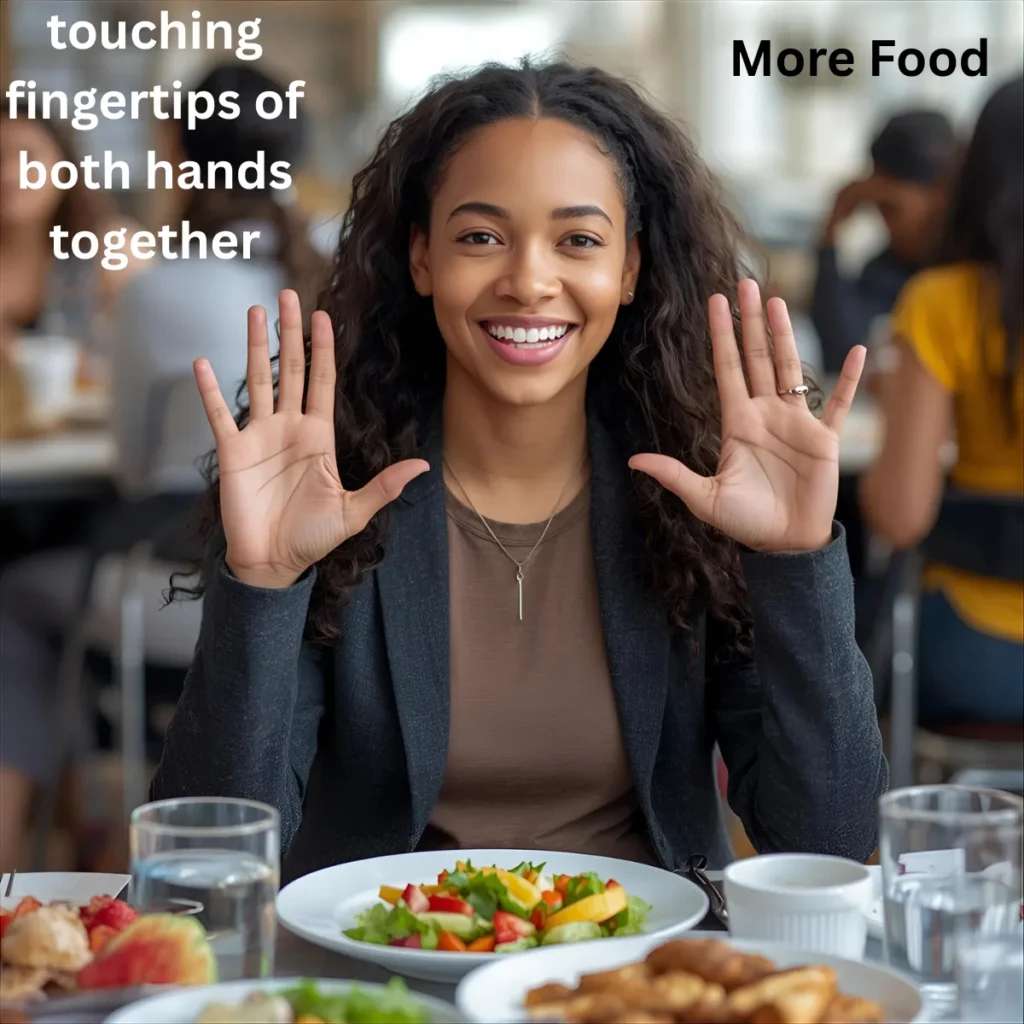
Context: A child asking for more during mealtime.
Example:
👤 User A: (signs “more”)
👤 User B: More apples? You got it!
Note: Often combined with the sign for the specific food afterward (like “more + apple”).
2. More Please
Context: To add politeness.
Example:
👤 User A: (signs “more” + “please”)
👤 User B: So polite! Here’s a little extra.
Origin: Widely used in early childhood education and baby sign language.
3. Do You Want More?
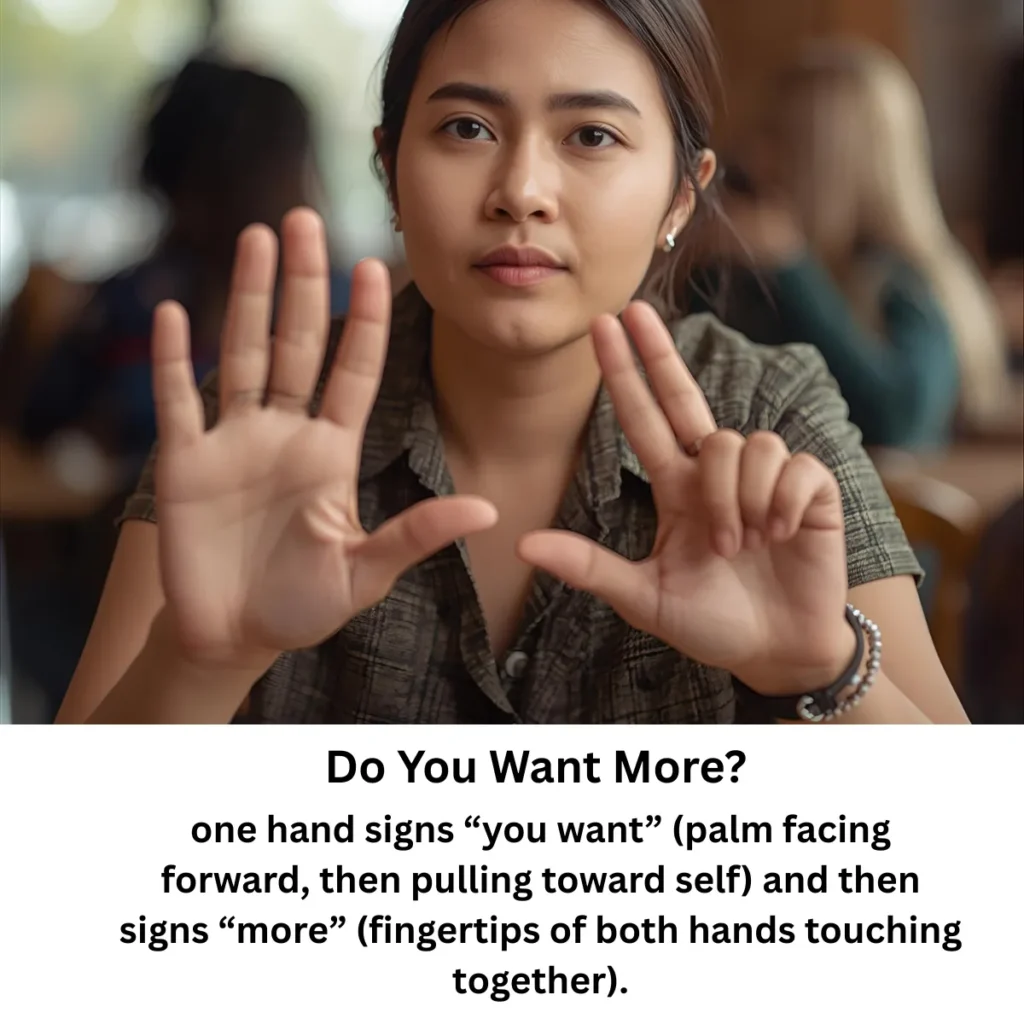
Context: Asking someone if they’d like more of something.
Example:
👤 User A: (signs “you want more?”)
👤 User B: (nods and signs “more”)
Tip: Use raised eyebrows for a yes/no question in ASL.
4. More Time
Context: Requesting more time during an activity or test.
Example:
👤 User A: (signs “more” + “time”)
👤 User B: Okay, you’ve got five more minutes.
Note: Combine signs for “more” and “time” (a tap on the wrist).
5. More Music
Context: Asking for more music to be played.
Example:
👤 User A: (signs “more” + “music”)
👤 User B: One more song coming right up!
Fun Fact: Used often in music therapy and early education.
6. I Want More
Context: Making a clear personal request.
Example:
👤 User A: (signs “I” + “want” + “more”)
👤 User B: Okay, tell me what you’d like more of.
Tip: Eye contact enhances clarity in signing.
7. More Water
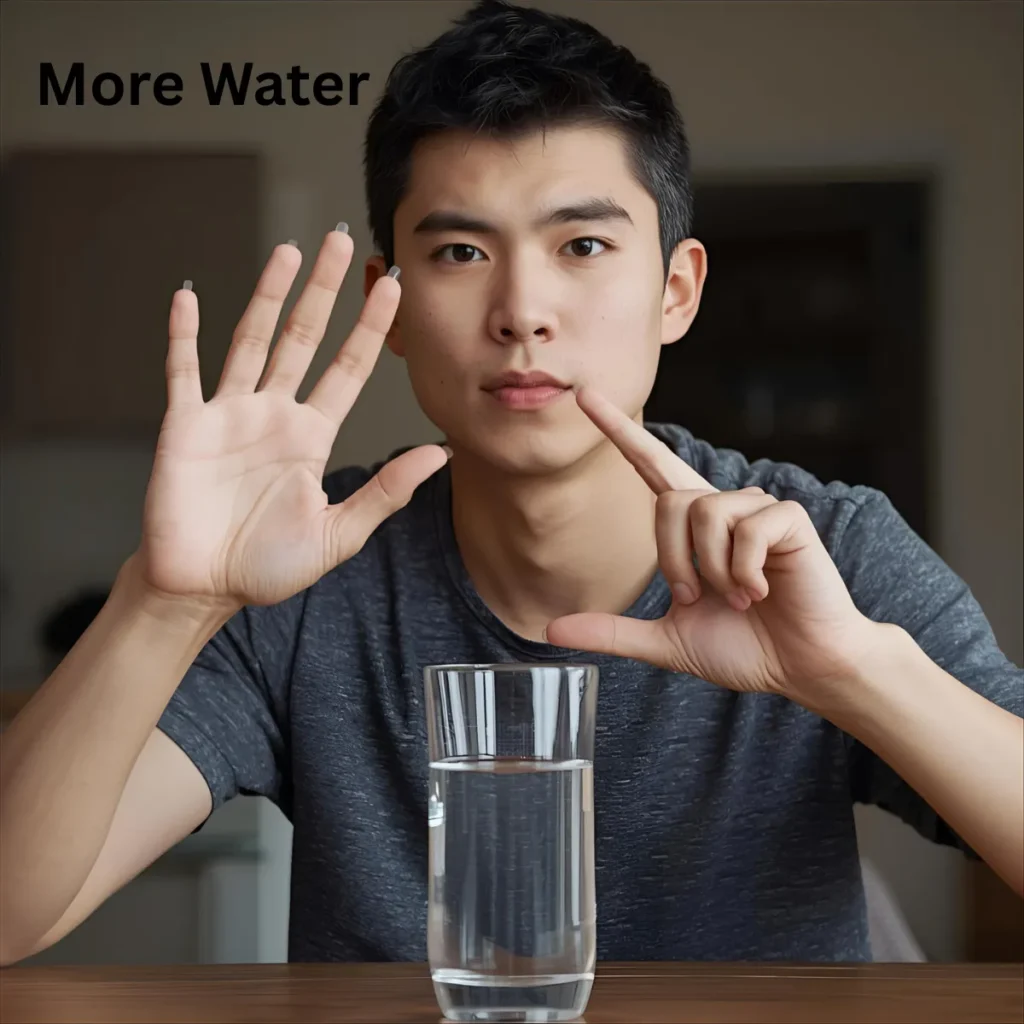
Context: Asking for more to drink.
Example:
👤 User A: (signs “more” + “water”)
👤 User B: Let me refill your glass.
Cultural Note: A key phrase taught in many special education classrooms.
8. Want to See More?
Context: On social media or in a storytelling setting.
Example:
👤 User A: (signs “want see more?”)
👤 User B: (nods)
Note: Signing can even be effective on video content with captions.
9. Can I Have More?
Context: A polite question in any setting.
Example:
👤 User A: (signs “can I have more?”)
👤 User B: Of course, here you go.
Grammar Note: ASL grammar typically places the question at the end.
10. Give Me More
Context: More assertive or urgent request.
Example:
👤 User A: (signs “give me more”)
👤 User B: Whoa! Hungry today, aren’t we?
Tip: Use facial expressions to show tone (gentle or demanding).
11. Need More Help
Context: In a classroom or learning environment.
Example:
👤 User A: (signs “need more help”)
👤 User B: Sure, I’m here for you.
Practical Use: Very common among ASL students.
12. More Again
Context: Asking for repetition (like “play it again”).
Example:
👤 User A: (signs “more” + “again”)
👤 User B: Want to watch the video again? Got it!
Cultural Note: Often used in early speech therapy with sign.
13. More Kisses
Context: A parent or partner playfully asking for affection.
Example:
👤 User A: (signs “more” + “kisses”)
👤 User B: Okay, smooch attack!
Cute Fact: Often used between parents and toddlers.
14. More Work
Context: Expressing the need or expectation of additional tasks.
Example:
👤 User A: (signs “more work”)
👤 User B: Yup, let’s keep going.
Workplace Use: Common in job training programs using ASL.
15. Want More Fun
Context: Asking to continue an enjoyable activity.
Example:
👤 User A: (signs “want” + “more” + “fun”)
👤 User B: Let’s keep the party going!
Emotional Tone: Be expressive—ASL relies heavily on facial emotion.
FAQs
1. How do you sign “more” in American Sign Language (ASL)?
To sign “more” in ASL, bring your fingertips of both hands together and tap them lightly repeatedly.
2. Is the sign for “more” the same in all sign languages?
No. Different countries have different sign languages (e.g., BSL, Auslan). Always check the specific system you’re using.
3. Can babies use the sign for “more”?
Yes! “More” is one of the first signs taught in baby sign language programs to encourage communication before speech.
4. How can I practice using the sign for “more”?
Practice during mealtime, playtime, or when offering choices. Repetition and consistent use help reinforce the meaning.
5. Are there variations of the “more” sign?
Some variations exist in informal or regional sign language, but the ASL standard is widely understood.
6. Can I combine “more” with other signs to form phrases?
Yes. For example, “more juice” or “more play” by signing “more” followed by the object/action.
7. How long does it take to learn the sign for “more”?
It can be learned in minutes, but consistent practice helps ensure it’s used confidently and naturally.
Conclusion:
Learning how to say more in sign language is easier than it seems. With practice, you can communicate needs, feelings, and ideas effectively. Using this simple sign not only helps babies and non-verbal individuals express themselves but also makes everyday interactions smoother and more inclusive. Keep practicing, and soon saying “more” will feel natural in any situation!
